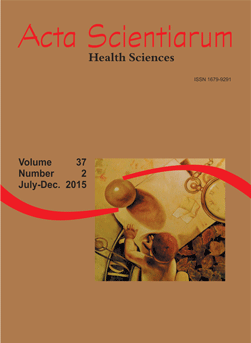<b>Analysis of platelet eluate for the elucidation of sensitization to HLA in kidney transplant candidate
Resumen
While a 42-year-old male patient was being prepared for deceased-donor renal transplantation, anti-HLA-A2 antibodies were detected in the serum by enzyme-linked immunosorbent assay (ELISA) method. The patient denied any transfusion history and previous transplant. Crossmatch by complement dependent cytotoxicity (CDC) and CDC with anti-human globulin (CDC-AHG) proved negative with a four-cell panel with positive typing for HLA-A2. Adsorption of antibodies with platelets and analysis of eluate were suggested to elucidate discrepancies in results by ELISA and by CDC-AHG. ELISA showed that adsorbed serum with platelets did not reveal antibodies for HLA-A2 specificity and suggested that they were removed by their specific binding with HLA-A2 antigens on the platelet surface. Eluate analysis by ELISA showed antibodies for HLA-A2 specificity. No antibodies for HLA-A2 specificity in the non-adsorbed serum were detected by CDC-AHG method. Revision of patient’s data showed that a previous transfusion had occurred, which may have been the source of HLA sensitization. The suggested method may be a contribution towards the evaluation of sensitivity between CDC-AHG and ELISA methods for characterizing antibodies in the patient’s serum.Descargas
DECLARAÇÃO DE ORIGINALIDADE E DIREITOS AUTORAIS
Declaro que o presente artigo é original, não tendo sido submetido à publicação em qualquer outro periódico nacional ou internacional, quer seja em parte ou em sua totalidade.
Os direitos autorais pertencem exclusivamente aos autores. Os direitos de licenciamento utilizados pelo periódico é a licença Creative Commons Attribution 4.0 (CC BY 4.0): são permitidos o acompartilhamento (cópia e distribuição do material em qualqer meio ou formato) e adaptação (remix, transformação e criação de material a partir do conteúdo assim licenciado para quaisquer fins, inclusive comerciais.
Recomenda-se a leitura desse link para maiores informações sobre o tema: fornecimento de créditos e referências de forma correta, entre outros detalhes cruciais para uso adequado do material licenciado.























5.png)







